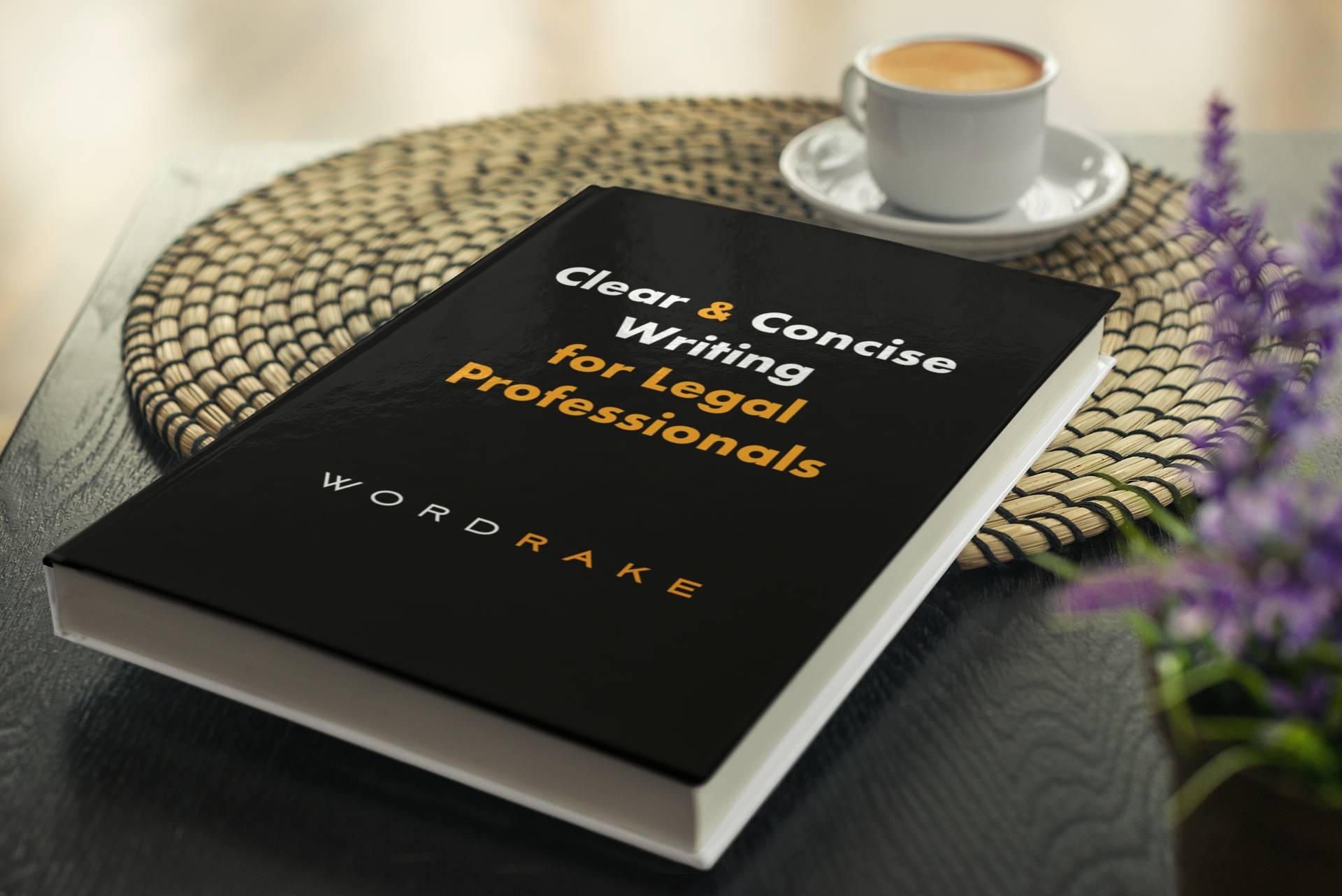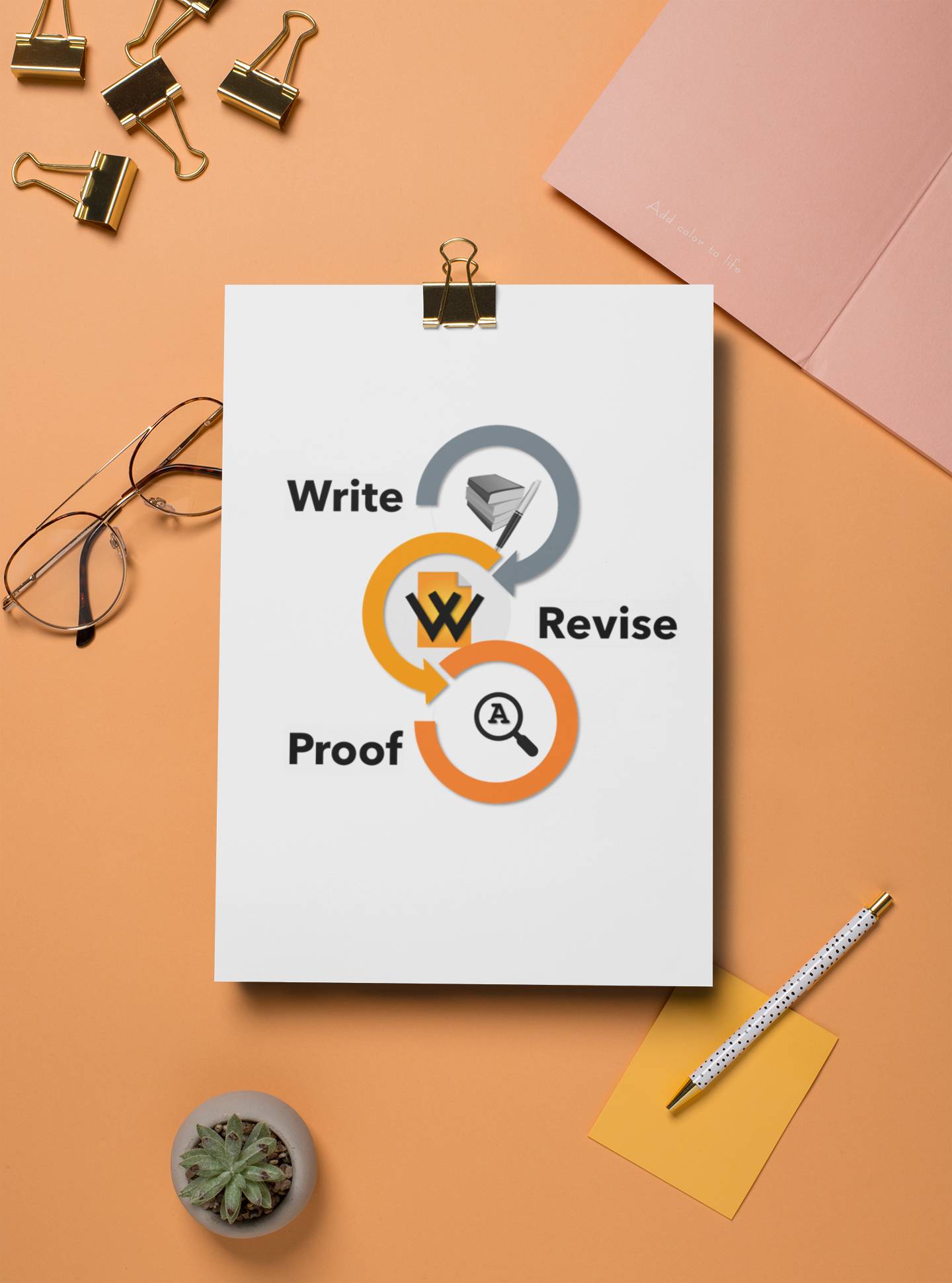Examples of How WordRake Helps
The evaluation of Evaluating our sales data revealed a need for additional more staff training in product knowledge.
By utilizing Using cutting-edge trading technologies, we are able to can execute trades faster and more accurately than our competitors.
After extensive discussion and analysis, we stand in agreement agree that diversifying our product line is necessary for future growth.
The purpose of this This document is to explain explains the rationale reasoning behind our decision to invest in a new product line.
Our success is dependent depends on each and every team member’s ability to collaborate effectively and communicate openly.
The restructuring of Restructuring the company’s management hierarchy has resulted in improved communication and collaboration.
















